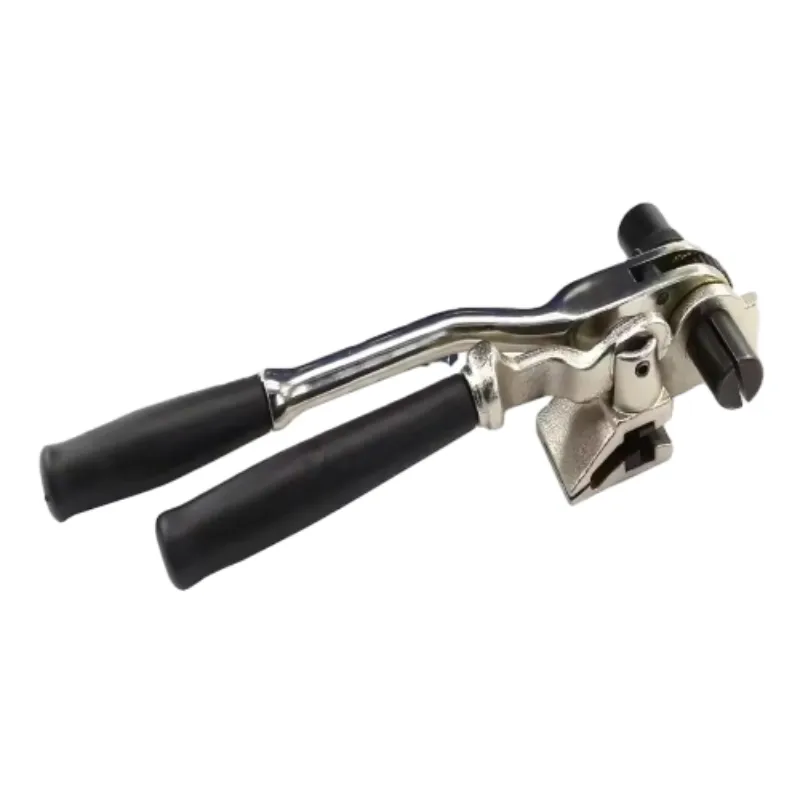
-
 Afrikaans
Afrikaans -
 Albanian
Albanian -
 Amharic
Amharic -
 Arabic
Arabic -
 Armenian
Armenian -
 Azerbaijani
Azerbaijani -
 Basque
Basque -
 Belarusian
Belarusian -
 Bengali
Bengali -
 Bosnian
Bosnian -
 Bulgarian
Bulgarian -
 Catalan
Catalan -
 Cebuano
Cebuano -
 Corsican
Corsican -
 Croatian
Croatian -
 Czech
Czech -
 Danish
Danish -
 Dutch
Dutch -
 English
English -
 Esperanto
Esperanto -
 Estonian
Estonian -
 Finnish
Finnish -
 French
French -
 Frisian
Frisian -
 Galician
Galician -
 Georgian
Georgian -
 German
German -
 Greek
Greek -
 Gujarati
Gujarati -
 Haitian Creole
Haitian Creole -
 hausa
hausa -
 hawaiian
hawaiian -
 Hebrew
Hebrew -
 Hindi
Hindi -
 Miao
Miao -
 Hungarian
Hungarian -
 Icelandic
Icelandic -
 igbo
igbo -
 Indonesian
Indonesian -
 irish
irish -
 Italian
Italian -
 Japanese
Japanese -
 Javanese
Javanese -
 Kannada
Kannada -
 kazakh
kazakh -
 Khmer
Khmer -
 Rwandese
Rwandese -
 Korean
Korean -
 Kurdish
Kurdish -
 Kyrgyz
Kyrgyz -
 Lao
Lao -
 Latin
Latin -
 Latvian
Latvian -
 Lithuanian
Lithuanian -
 Luxembourgish
Luxembourgish -
 Macedonian
Macedonian -
 Malgashi
Malgashi -
 Malay
Malay -
 Malayalam
Malayalam -
 Maltese
Maltese -
 Maori
Maori -
 Marathi
Marathi -
 Mongolian
Mongolian -
 Myanmar
Myanmar -
 Nepali
Nepali -
 Norwegian
Norwegian -
 Norwegian
Norwegian -
 Occitan
Occitan -
 Pashto
Pashto -
 Persian
Persian -
 Polish
Polish -
 Portuguese
Portuguese -
 Punjabi
Punjabi -
 Romanian
Romanian -
 Russian
Russian -
 Samoan
Samoan -
 Scottish Gaelic
Scottish Gaelic -
 Serbian
Serbian -
 Sesotho
Sesotho -
 Shona
Shona -
 Sindhi
Sindhi -
 Sinhala
Sinhala -
 Slovak
Slovak -
 Slovenian
Slovenian -
 Somali
Somali -
 Spanish
Spanish -
 Sundanese
Sundanese -
 Swahili
Swahili -
 Swedish
Swedish -
 Tagalog
Tagalog -
 Tajik
Tajik -
 Tamil
Tamil -
 Tatar
Tatar -
 Telugu
Telugu -
 Thai
Thai -
 Turkish
Turkish -
 Turkmen
Turkmen -
 Ukrainian
Ukrainian -
 Urdu
Urdu -
 Uighur
Uighur -
 Uzbek
Uzbek -
 Vietnamese
Vietnamese -
 Welsh
Welsh -
 Bantu
Bantu -
 Yiddish
Yiddish -
 Yoruba
Yoruba -
 Zulu
Zulu


Jul . 29, 2024 22:21 Back to list
Compact and Secure Wire Connection with Screw Down Wire Clamps for Reliable Electrical Installations
Understanding Screw Down Wire Clamps A Comprehensive Guide
In the realm of electrical engineering and construction, ensuring secure and reliable connections is paramount. One essential tool that has emerged as a standard in achieving this is the screw down wire clamp. Often utilized in various applications ranging from simple home wiring to intricate industrial systems, these clamps play a crucial role in maintaining safety and operational efficiency.
What is a Screw Down Wire Clamp?
A screw down wire clamp is a fastening device designed to secure electrical wires to a terminal or connector by using a screw mechanism. Typically made of durable materials such as metal or high-grade plastic, these clamps are engineered to withstand significant mechanical and thermal stresses. The design usually features an opening where the wire is inserted, followed by a screw that, when tightened, presses against the wire, ensuring a tight connection that minimizes the risk of accidental disconnections or wire damage.
Applications of Screw Down Wire Clamps
Screw down wire clamps are versatile and can be found in numerous applications. In residential settings, they are commonly used in electrical junction boxes to secure wiring that connects various outlets, switches, and fixtures. Their robust design ensures that even in the face of vibrations or movement, the connections remain intact, thereby enhancing the safety of the electrical system.
In industrial environments, these clamps are indispensable when it comes to panel construction, signal processing, and heavy machinery operation. Their capacity to accommodate multiple wire sizes and types makes them an ideal choice for complex systems that require a reliable power supply and data transmission. The adaptability of screw down wire clamps allows them to be used across a broad spectrum of industries, including telecommunications, automotive, and renewable energy.
Advantages of Using Screw Down Wire Clamps
screw down wire clamp

One of the primary advantages of screw down wire clamps is their strong clamping force. The screw mechanism allows for significant pressure to be applied, which typically results in lower electrical resistance at the connection point. This is especially important in high-current applications where even a minor increase in resistance can lead to overheating and potential system failures.
Another benefit is ease of use. Most screw down wire clamps can be easily installed and removed, allowing for efficient wiring changes or maintenance. Unlike other devices like crimp connectors, which require specific tools and skills for installation, screw down clamps offer a more straightforward approach. This user-friendliness enables operators, electricians, and even DIY enthusiasts to achieve secure connections without extensive training.
Maintenance and Considerations
While screw down wire clamps are generally low-maintenance, regular inspection is still essential to ensure ongoing reliability. Over time, vibrations and thermal cycling might loosen the screws, potentially compromising the connection. Periodic checks to tighten screws can help prevent issues before they arise.
It is also crucial to utilize the proper size and type of screw down wire clamp for specific applications. Using an incorrect clamp can lead to inadequate pressure on the wire, resulting in poor connections and safety hazards.
Conclusion
In summary, screw down wire clamps are an invaluable component in electrical installations, providing secure and reliable wire connections across various applications. Their design, ease of use, and adaptability make them a favorite among professionals and hobbyists alike. By understanding their functionalities and implementing regular maintenance, users can ensure that their electrical systems operate safely and efficiently for years to come. Whether in residential or industrial environments, screw down wire clamps remain a cornerstone of effective wiring solutions.
Latest news
What Are Construction Tools and How Are They Used?
NewsJul.11,2025
Professional-Grade Duct Rodding Tools for Superior Cable Installation
NewsJul.11,2025
Enhancing Safety and Efficiency with Modern Hot Stick Solutions
NewsJul.11,2025
Empowering Cable Installation with Advanced Rodder Solutions
NewsJul.11,2025
Elevate Your Cable Installation Projects with Cable Pulling Tools
NewsJul.11,2025
Efficient Cable Handling Solutions: Cable Rollers for Sale
NewsJul.11,2025











